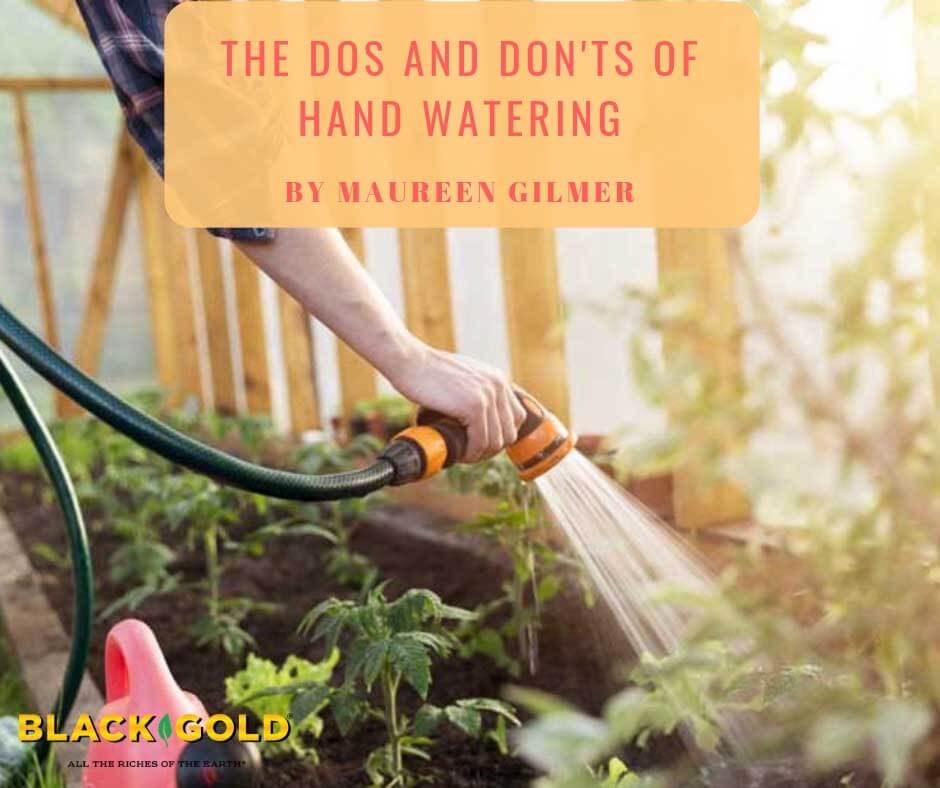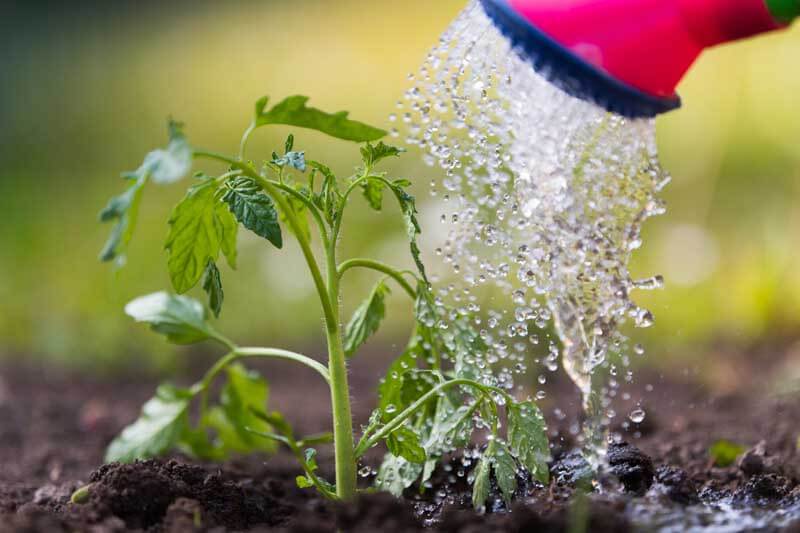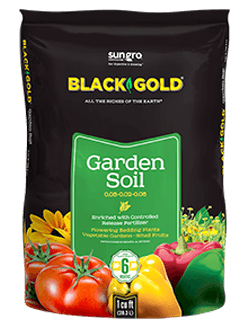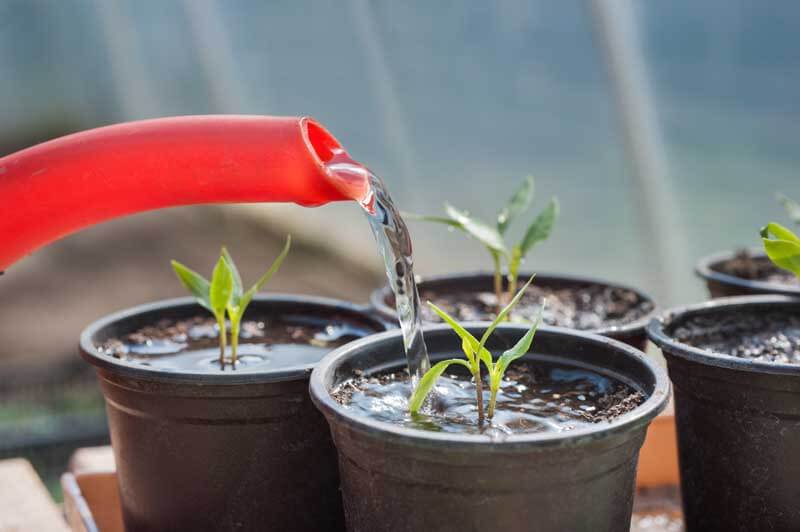
Successful gardening always comes back to the basics: soil, sun, oxygen, plants, and, most of all, water. Hand watering is the key to everything in the garden world out West. Get it right and your garden goes crazy. Blow it and plants languish. Water facilitates the uptake of fertilizer and nutrients through roots, thus connecting plant to soil. Water hydrates cells and tissues, which makes them turgid and taught. This directly provides a plant structure and support, otherwise, it wilts. Therefore, if you can water properly, everything else takes care of itself.
Six Hand-Watering Tips

Here are six tips to follow this summer to keep your vegetables, herbs, and flowers happy and healthy with sufficient water, whether they are in gardens or containers.
- Do know your soil. Water percolates down through sandy soils instantly leaving little moisture in the root zone. Apply water very slowly and do it often to keep the soil at the root zone evenly moist. Dense clay can refuse to absorb water, or do it slowly, so it’s hard to re-wet deep down once it’s dry. On the other hand, if too saturated, clay can take a long time to dry out. You must analyze your soil and find the optimal application rate for efficient results and stick to it.
- Do add organic matter: Organic matter improves the provision of water in all soil types, whether sandy or clayey because it holds water well and better facilitates the percolation of water by providing needed aeration. This helps plant roots take up water better. The addition of Black Gold Garden Soil or Black Gold Garden Compost Blend will help better supply water to plants.
- Don’t just wet the surface soil. Lots of gardeners hand-water with a finger over the hose end to make it spray further with a sprinkling of water or they use the spray feature on their nozzle and water from a distance. If you do this, you’re not watering; you’re just wetting the soil surface. Virtually no moisture reaches plant roots below the surface when watering this way. Proper hand watering requires “flooding”. This means watering deeply in the garden to get water down to the feeder roots deep in the ground. If watering large pots, be sure to fully wet the potting soil, so no dry pockets remain, and irrigate until water flows from the bottom of the pot.
-
 Do water deeply. Well-watered plants root much deeper and wider because their entire root zone has been regularly saturated. To promote a deep root system, concentrate water directly over the root zone. In heavy soils, water very slowly and create a soil basin around the plant. If you fashion a soil basin around the plant it will hold lots of water that will gradually percolate down at its own speed.
Do water deeply. Well-watered plants root much deeper and wider because their entire root zone has been regularly saturated. To promote a deep root system, concentrate water directly over the root zone. In heavy soils, water very slowly and create a soil basin around the plant. If you fashion a soil basin around the plant it will hold lots of water that will gradually percolate down at its own speed. - Don’t spray the leaves in sun. Water on plant leaves in direct sun can lead to rapid burning of the tissues, like using a magnifying glass in the sun to ignite newspaper. If you want to wash dirt, dust, or spots off of leaves wait to do it before sunrise or after sunset in the evening. Washing the leaves of all your plants every month or two over summer helps keep leaves clean to improve light absorption.
- Don’t dig a hole. If your hose water pressure is too high, it can cause a common problem that I call “hose erosion”. When a strong stream hits the soil, the ground literally turns to liquid and creates a hole, which removes vital soil coverage surrounding plant roots. When exposed to air roots quickly dehydrate and die, reducing the rate of water uptake. Always diffuse the water application with a wand or spray gun with a “shower” setting and hold it close enough to the roots to ensure deep flooding but not erosion. When in doubt, turn down the pressure so you don’t accidentally expose surface roots or remove protective soil cover shading them from direct sun and summer heat.
- Don’t water arbitrarily. Wilted leaves will occur when a plant can’t get enough water to keep leaf cells fully hydrated. This most commonly happens when soil is too dry. But this problem also shows up when plants that need moderate water and good drainage are waterlogged. This makes soils hydric and anaerobic, so roots can’t get the oxygen they need. This is a common problem with house plants. In both of these watering scenarios, the surface may look and feel deceptively dry. Naturally, a gardener will want to add water, but don’t do it until you feel down in the soil and find out whether the soil is dry down under. Most potted plants prefer the soil to be lightly moist, never waterlogged. A well-draining pot will also help alleviate this problem.
Each of these rules of watering is related to the keen observation of what’s happening above and below ground. Ask any pro, and they’ll agree that successful western gardens are all about water, and once you learn how to properly apply it successful gardening is assured.


